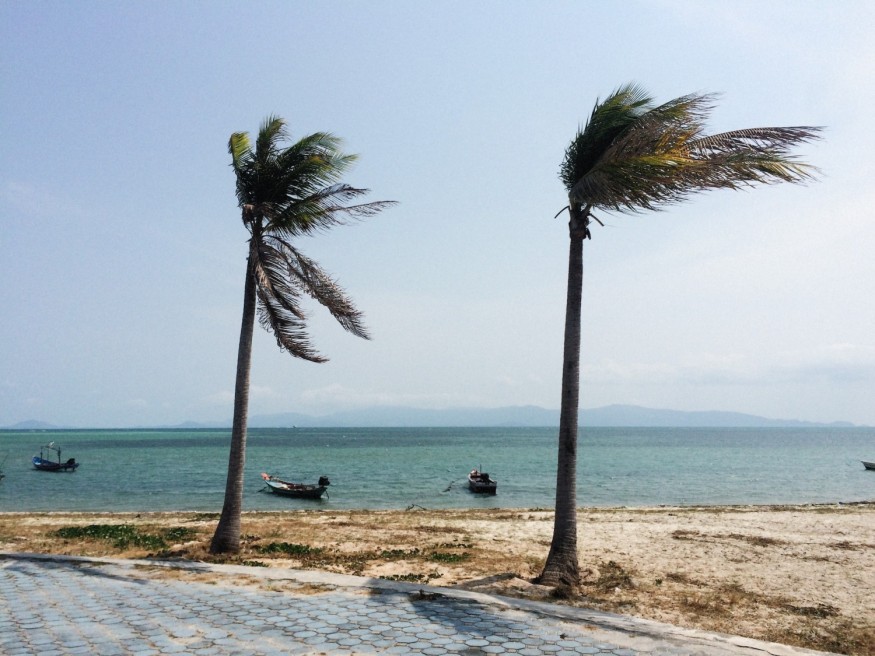Following a brief lull in tropical activity, AccuWeather experts claim that the Eastern Pacific basin has resumed activity. A developing tropical cyclone south of Mexico developed into Tropical Depression 19-E on Wednesday night and is expected to affect parts of the nation over the coming several days with heavy rain and destructive gusts. It may have an impact on the United States.

Developing Into a Storm
According to AccuWeather meteorologists, the depression will develop into a tropical storm, then a hurricane, before landfall around the west coast of Mexico this weekend. Roslyn will be the name of the following named storm in the basin.
After moving from the Atlantic basin to the East Pacific more than a week ago, Tropical Storm Julia was the final storm to roam there. Tropical Storm Paine was the most recent storm to develop in the basin. The first week of October saw the development of Paine in the open Pacific, never posing a threat to land.
Forecasters claim that, in contrast to Paine, the new tropical system in the area might have a big influence.
The tropical depression is situated in an area with atmospheric conditions favorable for continued development.
According to AccuWeather Senior Meteorologist Adam Douty, "it is positioned in a zone of low, vertical wind shear and warm seas, which should help develop to a tropical storm or hurricane by late week."
Once the system has a chance to form, analysts predict that it will probably follow the southern coastline of Mexico for a few days before turning northeast. This route is expected to put the system on a collision course with Sinaloa, Nayarit, and Jalisco later this weekend into the beginning of next week.
Possibility of Landfall
According to AccuWeather forecasts, depending on how soon this possible storm can form and intensify, it may become a hurricane before making landfall.
No matter how strong the system is when it makes landfall, Douty said that flooding, rain, and mudslides would be dangerous.
Parts of the Mexican shoreline are expected to get the storm's greatest rainfall during the weekend as it starts to turn toward land. Flooding worries may immediately arise from this system's heavy rains, especially in places directly struck by Hurricane Orlene in the first few days of October.
Rapid flash flooding can be caused by torrential rain, which can cause nearby streams and rivers to overflow. According to AccuWeather meteorologists, intense rainfall can threaten the stability of the local soil and cause hazardous mudslides.
Furthermore, severe winds might be present close to the area when the system makes landfall. Depending on how powerful the system is when it makes landfall, damage to trees, electrical lines, and some structures is not ruled out.
Rough waves and dangerous rip currents will be a major concern for the remainder of the week, even before direct effects reach land.
Extreme Weather Incoming
The system's circulation is anticipated to be disrupted by Mexico's hilly terrain by early next week, but its leftover moisture is anticipated to move toward the southern United States.
Later this weekend and into the next week, a storm forming in the Rockies will take up some tropical moisture, according to AccuWeather Senior Meteorologist Bill Deger. He said, "This may cause some much-needed rain from Texas into the middle Plains, with the possibility of strong thunderstorms."
Related Article : Exposure to Major Disasters Can Cause Long-Term Mental Health Problems
For more climate and weather updates, don't forget to follow Nature World News!
© 2025 NatureWorldNews.com All rights reserved. Do not reproduce without permission.

